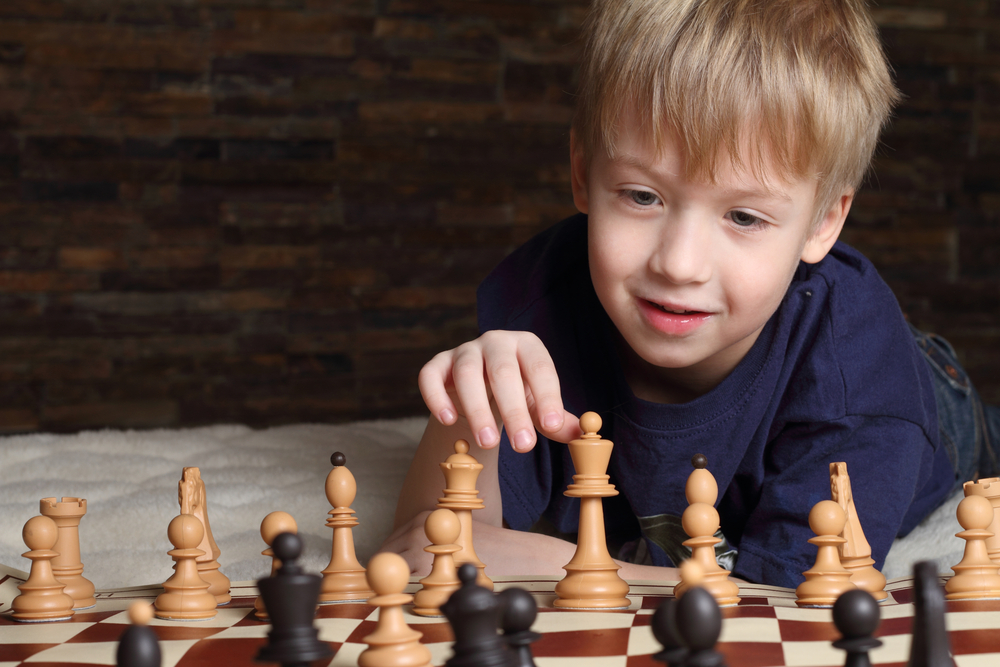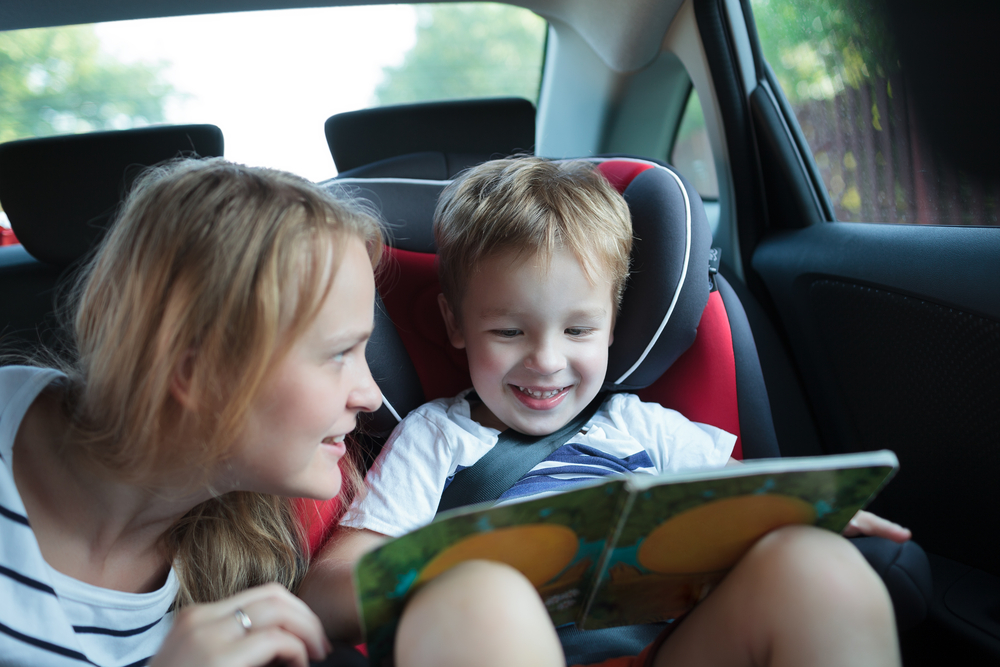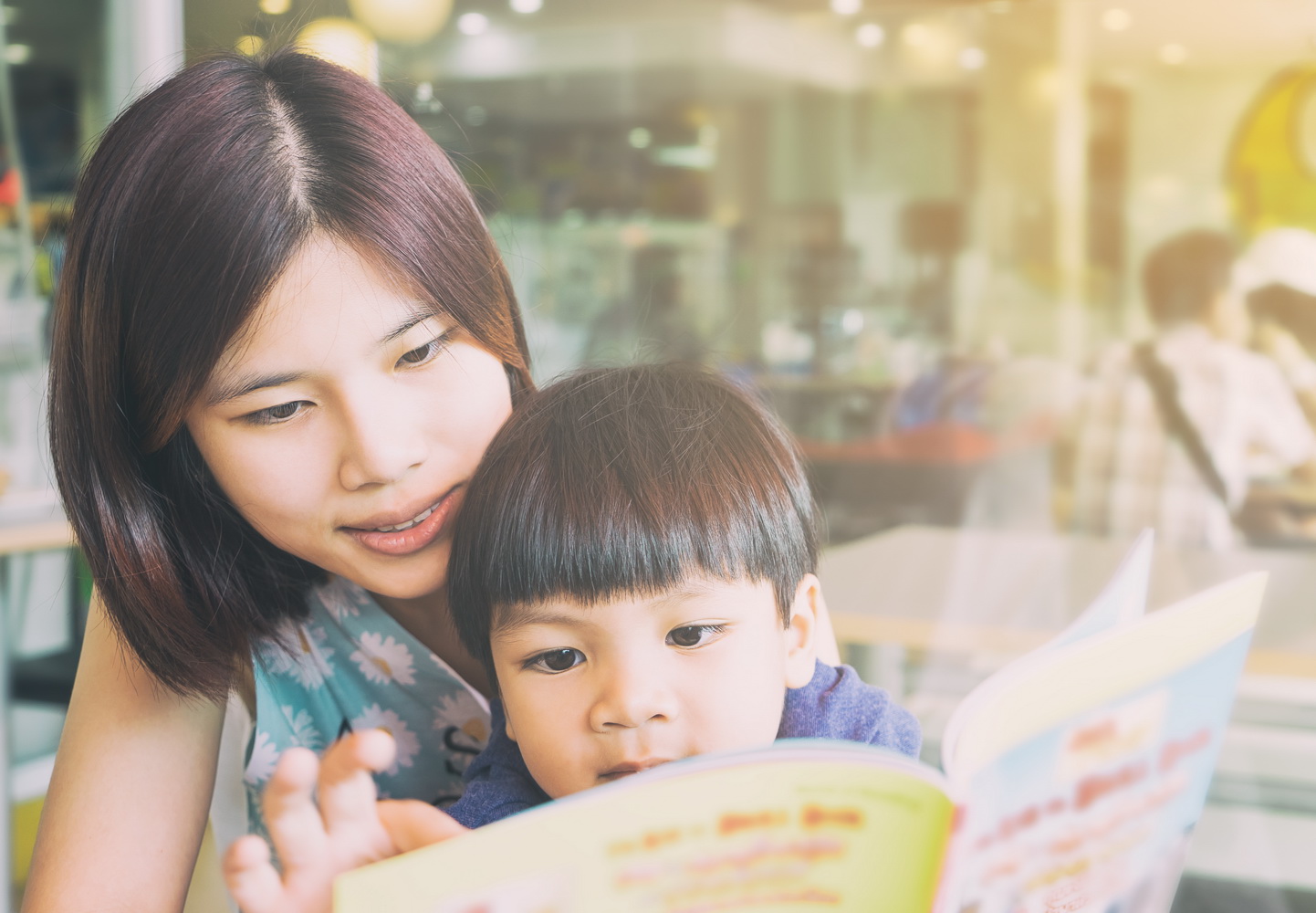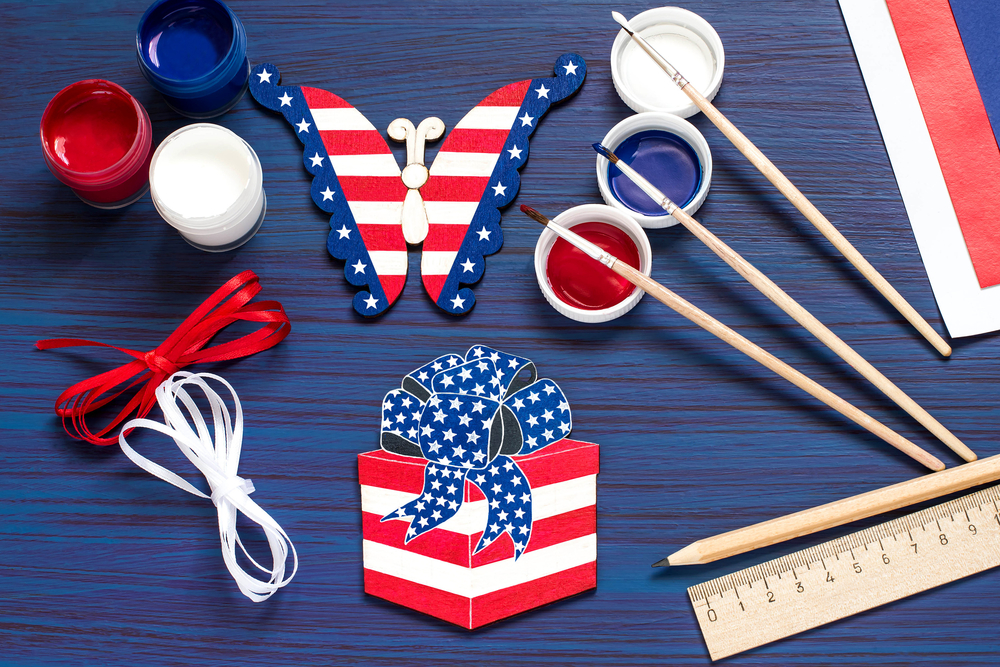Picture-word association Worksheets for Ages 5-8
4 filtered results
-
From - To
Discover our engaging Picture-Word Association Worksheets designed specifically for children aged 5-8. These educational resources help young learners build vocabulary and enhance language skills by connecting images with corresponding words. Our fun, visually appealing worksheets include a variety of activities that encourage creativity and critical thinking. Perfect for classroom use or at-home learning, these worksheets make mastering language delights authentically enjoyable. Watch as your child develops essential reading and comprehension skills while having fun! Explore our collection today and give your child the tools they need for educational success and confident communication. Start their learning adventure with picture-word association!
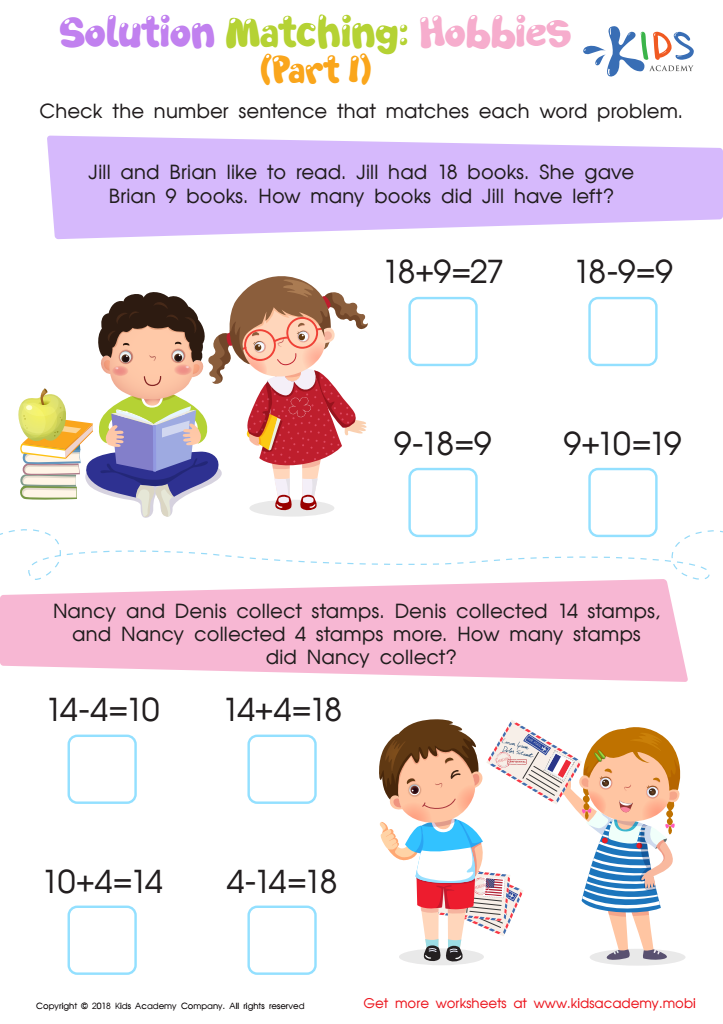

Solution Matching: Hobbies. Part 1 Worksheet
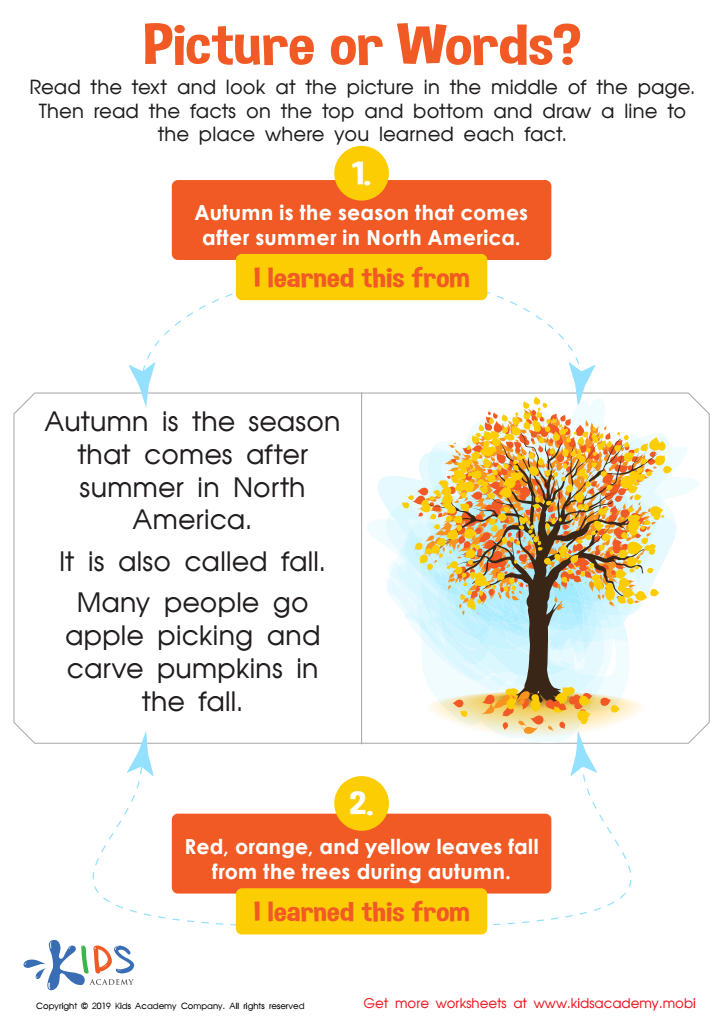

Picture Words Worksheet
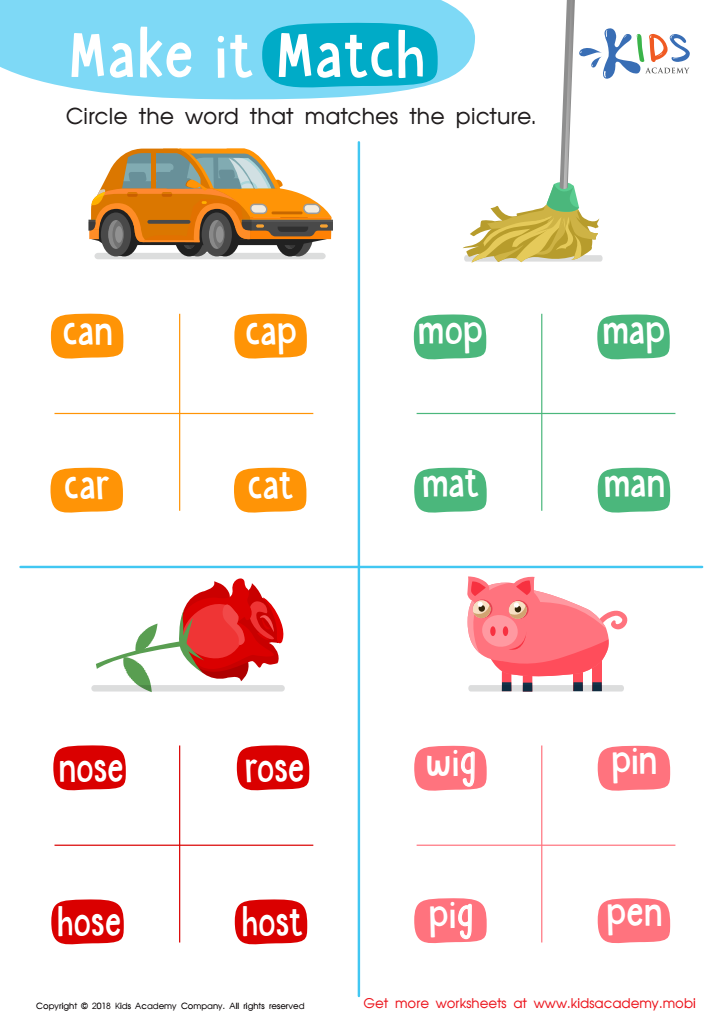

Make It Match Worksheet
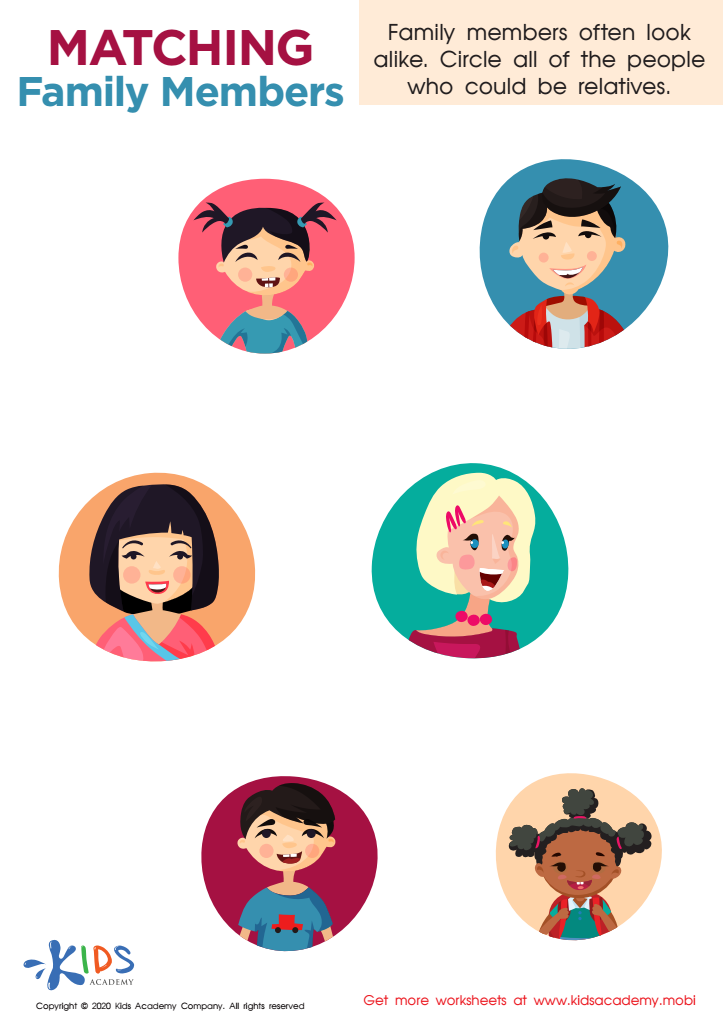

Matching Family Members Worksheet
Picture-word association is a vital educational tool for children ages 5-8, as it enhances language development, vocabulary acquisition, and literacy skills. During these early formative years, children are actively developing cognitive processes that underlie reading and writing. By linking images with corresponding words, children create mental connections that boost their comprehension and retention, making learning more engaging and accessible.
Parents and teachers should care about this method because it caters to various learning styles; many children are visual learners who grasp information better when it is paired with images. This technique not only fosters early reading skills but also promotes critical thinking as children learn to analyze and interpret pictures alongside the text. Moreover, it can help reduce frustration in learning to read, as the visual clues provide context and meaning, making text less intimidating.
In addition, picture-word association can encourage communication skills, allowing children to express their thoughts and ideas more fully. Engaging children in this interactive learning approach helps cultivate a love for reading, crucial for academic success in later grades, and builds a strong foundation for lifelong learning. Thus, nurturing this technique early on is essential for holistic child development and encourages a more enjoyable learning experience.

 Assign to My Students
Assign to My Students




